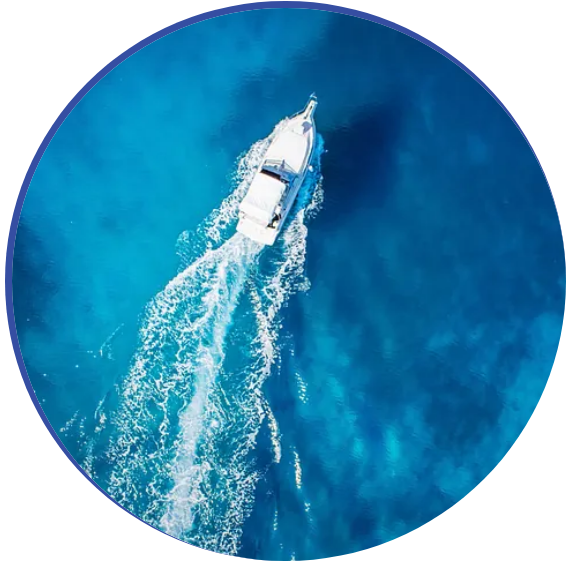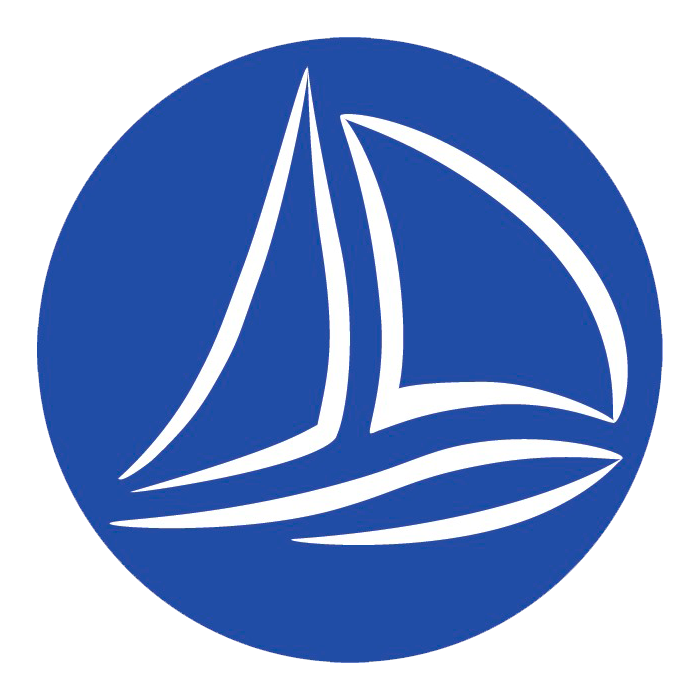SAIL MASTER OF YACHT
1200 €
-10% for online bookings

Day and night

24 meters long

UNLIMITED on the high seas

Maximum GT 200

Training duration: 6 days.

Required experience: 28 days of sailing as skipper or watch leader.

Required: SRC and first aid certificate

The ISSA Sail Master of Yacht course is the most advanced certification within the International Sailing Schools Association (ISSA) program. It is designed for experienced skippers who wish to operate sailing vessels in international waters and manage long-duration ocean voyages in open sea conditions. This course prepares sailors to assume leadership on yachts and large vessels, an essential skill for those who wish to work professionally as captains or undertake expeditions around the world.
Contents of the Sail Master of Yacht ISSA Course
The course covers all aspects of advanced navigation, meteorology, leadership and safety, and is focused on preparing navigators for offshore navigation and the management of large vessels.
1 Advanced Astronomical and Oceanic Navigation
- Astronomical navigation using the sextant, with position calculations from the sun, moon, and stars.
- Navigation techniques without coastal references, including dead reckoning and the use of electronic instruments such as GPS, radar, and AIS.
- Use of ocean charts, currents and bearings to plan international routes.
- Methods for calculating drift and adjusting course at sea.
2 Global Meteorology and Climatology
- Study of global meteorological phenomena, such as fronts, cyclones, anticyclones and pressure systems.
- Interpretation of ocean weather maps and forecasts to avoid dangerous conditions.
- Analysis of weather patterns and planning of safe routes based on seasons and extreme weather zones.
- Taking advantage of ocean currents and prevailing winds to optimize crossings.
3. Planning International Journeys
- Creation of detailed navigation plans for long-distance routes, including stopping points and ports of refuge.
- Calculation of supply needs (fuel, water, provisions) for long journeys.
- Evaluation of anchoring conditions and procedures for the selection of offshore shelters.
- Contingency strategies for emergencies, adverse conditions, and unexpected route changes.
4 Handling and Maneuvering of Large Vessels on the High Seas
- Precision maneuvers for large yachts in ocean conditions and international ports.
- Sail trimming techniques and stability adjustment in strong wind and rough sea conditions.
- Use of autopilot and steering techniques on extended voyages, including rough seas and storms.
- Anchoring and mooring practices in complex environments and in hard-to-reach areas.
5 Safety and Survival at Sea
- Safety protocols for ocean crossings, including "man overboard" drills in difficult conditions.
- Use of long-range safety equipment: life rafts, survival suits, EPIRBs (emergency beacons) and satellite communications.
- Emergency drills for abandoning ship and survival techniques.
- Emergency management in open water, including fires, water ingress and structural failures.
6. Leadership and Crew Management
- Communication and leadership in long-duration journeys, including conflict management and problem solving.
- Organization of watch shifts and tasks to ensure continuous and safe navigation.
- Motivation techniques, fatigue control and care of crew well-being in open sea conditions.
- Crew skills assessment and assignment of roles and responsibilities.
7 International Maritime Regulations and Legislation
- Detailed knowledge of the International Rules for Preventing Collisions at Sea (COLREG).
- Legal formalities in international ports, including customs, immigration and environmental regulations.
- International safety and environmental protection regulations.
- Traffic rules and regulations for vessels in international waters.
8 Offshore Maintenance and Troubleshooting
- Preventive maintenance and repairs of onboard systems, including propulsion, navigation and electrical equipment.
- Diagnosis and resolution of common faults in isolated conditions.
- Maintenance and repair of sails, ropes and rigging.
- Resource management techniques for preserving equipment and supplies at sea.
Benefits of the ISSA Sail Master of Yacht Certification
The ISSA Sail Master of Yacht certification is widely recognized and valued in the nautical world, especially in the yacht and luxury vessel industry. This accreditation qualifies sailors to professionally lead ocean voyages, whether on luxury yachts or recreational craft, and is essential for those who wish to work as captains of large yachts or undertake expeditions to distant destinations.
Obtaining the ISSA Sail Master of Yacht certification represents reaching the highest level of competence and responsibility in the field of sailing, and opens the doors to a world of professional opportunities and adventures in the most remote and challenging destinations in the nautical world.
Contact us today for more information and to book your course!




